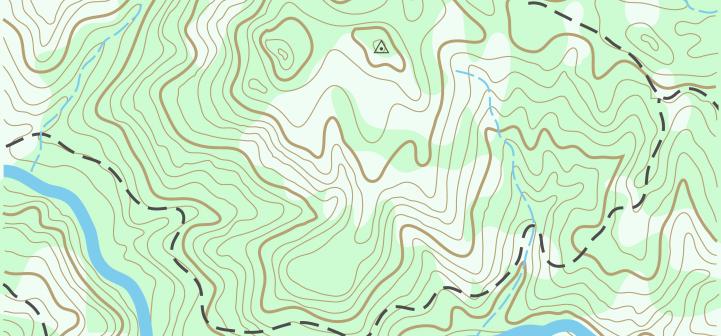A vegetation index (also called a vegetative index) is a single number that quantifies vegetation biomass and/or plant vigor for each pixel in a remote sensing image. The index is computed using several spectral bands that are sensitive to plant biomass and vigor. The most common vegetation index is the normalized difference vegetation index (NDVI). NDVI compares the reflectance values of the red and near-infrared regions of the electromagnetic spectrum using the following formula: NDVI=NIR-RED/NIR+RED NIR is the pixel’s reflectence …
What’s the difference between a supervised and unsupervised image classification?
 Classified tree canopy layer in the Virginia Urban Tree Canopy Mapper – http://www.utcmapper.frec.vt.edu
Classified tree canopy layer in the Virginia Urban Tree Canopy Mapper – http://www.utcmapper.frec.vt.edu
Two major categories of image classification techniques include unsupervised (calculated by software) and supervised (human-guided) classification.
Unsupervised classification is where the outcomes (groupings of pixels with common characteristics) are based on the software analysis of an image without the user providing sample classes. The computer uses techniques to determine which pixels are related and groups them into classes. The user can specify which algorism the software will …
How can I utilize free satellite imagery?
You can use free satellite imagery for a variety of applications. From a vertical or near vertical view, you can visually look at changes across a landscape or locate evidence of change from your observations. Most free images can be viewed in desktop applications that will open JPEGs or TIFFs. However, if you want to do more than just visually look at the imagery, you will most likely need to use either GIS or image processing software. These types of …
What is a spectral signature in remote sensing?
Features on the Earth reflect, absorb, transmit, and emit electromagnetic energy from the sun. Special digital sensors have been developed to measure all types of electromagnetic energy as it interacts with objects in all of the ways listed above. The ability of sensors to measure these interactions allows us to use remote sensing to measure features and changes on the Earth and in our atmosphere. A measurement of energy commonly used in remote sensing of the Earth is reflected energy …
